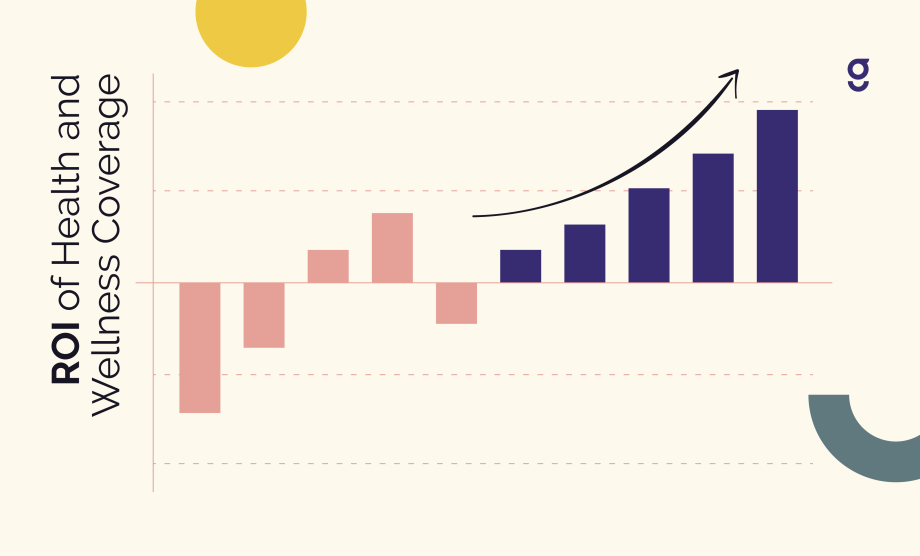Reevaluating the ROI of Health Coverage Decisions
Adept companies regularly check the return on investment (ROI) for large software investments or new acquisitions. The same should apply to health and wellness coverage decisions.
According to HR Dive's insight, point solutions are playing a lead role in healthcare benefits cost control, helping employers save on healthcare and keep workers' costs low.
However, not every program is built the same. While it might look great on paper, it doesn't always mean a return for both companies and their employees. How do you know both you and your workers are getting what you expected?
What does it look like when a health benefit does NOT show ROI?
Let’s take a common example of investing in a smoking cessation program. From a health survey, a benefits manager found a significant number of employees struggled with smoking or vaping. The company wanted to help them stop, as well as save the company and employee money on extra medical expenses.
The benefits team met with a wellness company that promised to help 10% of smokers quit in the first year. At the same time, they also said it would lower employees’ medical costs. It sounded like a reasonable plan, so the employer agreed to get started.
A year later, the benefits team realized:
Miss on early case reduction: There was a decrease in the number of smoking employees, but not as many as promised according to the employees’ annual health survey
Lack of communication: The benefits team realized there hadn’t been any communication with the wellness company since the program started.
Inability to meet long-term goals: They also recognized that they wouldn’t be able to improve employee cessation rates before the end of the contract.
What happened with checking on progress along the way? Where was the follow-up? Does that sound like some of the programs you manage?
So, you're not seeing an employee benefits ROI. Now what?
The employee benefits ROI that companies need to see is clear: control spending and keep employees engaged. Keeping the cost of health insurance claims low results in more competitive insurance options at renewal time. Making sure employees are actively engaged in health and wellness programs improves their health and lowers benefit costs.
Employees need to see ROI too, though it looks a little different for them. Workers need a good foundation to do their best work. Part of the equation is benefits that improve their health and make their spending worthwhile to achieve it.
Qualities of great benefits
You don't have to break the bank to offer a benefit that makes everyone happy. A little research and knowing what to look for will go a long way. When you're seeking a new benefit, look for:
Seamless integration: A new benefit should be easy for both you and workers to use. How simple is it to navigate? What are the financial milestones, and how are they communicated throughout the year?
Scalability: No program is one-size-fits-all. Can this benefit serve your company's specific needs? Are they trying to oversell you?
Quick turnaround: Good solutions don't waste any time getting started. What is the implementation timeline? How long do they estimate you'll see results (and does it seem too good to be true)?
Goodpath is here for you
We understand how many obstacles there are in finding a good benefit. That's why we offer programs that not only focus on improving the livelihoods of your employees, but also save your company time and claims cost.
In a cost utility analysis, evidence-based integrative healthcare not only benefits the individual, it also yields results:
Reducing up to 23 doctors appointments per year
Treating back pain 4 times faster than conventional care
Saving 12 working days per year
Lowering pharmaceutical costs by at least 85% (analyzed in claims/patient data)
Goodpath looks at the whole person and creates a plan to meet their short- and long-term needs for back pain, insomnia, and IBS. Our programs work with companies of every shape and size, can be seamlessly integrated, and implementation takes less than two weeks from first introductions to the enrollment webinar.
Learn more about how Goodpath can work for your company and get a demo at goodpath.com/employer.
Creating an Effective Mental Health EAP
Wondering How to Calculate ROI for Wellness Programs? Here’s Why You Should Be
Calculating Value of Investment Instead
4 Ways to Improve Employee Satisfaction with Healthcare Benefits
